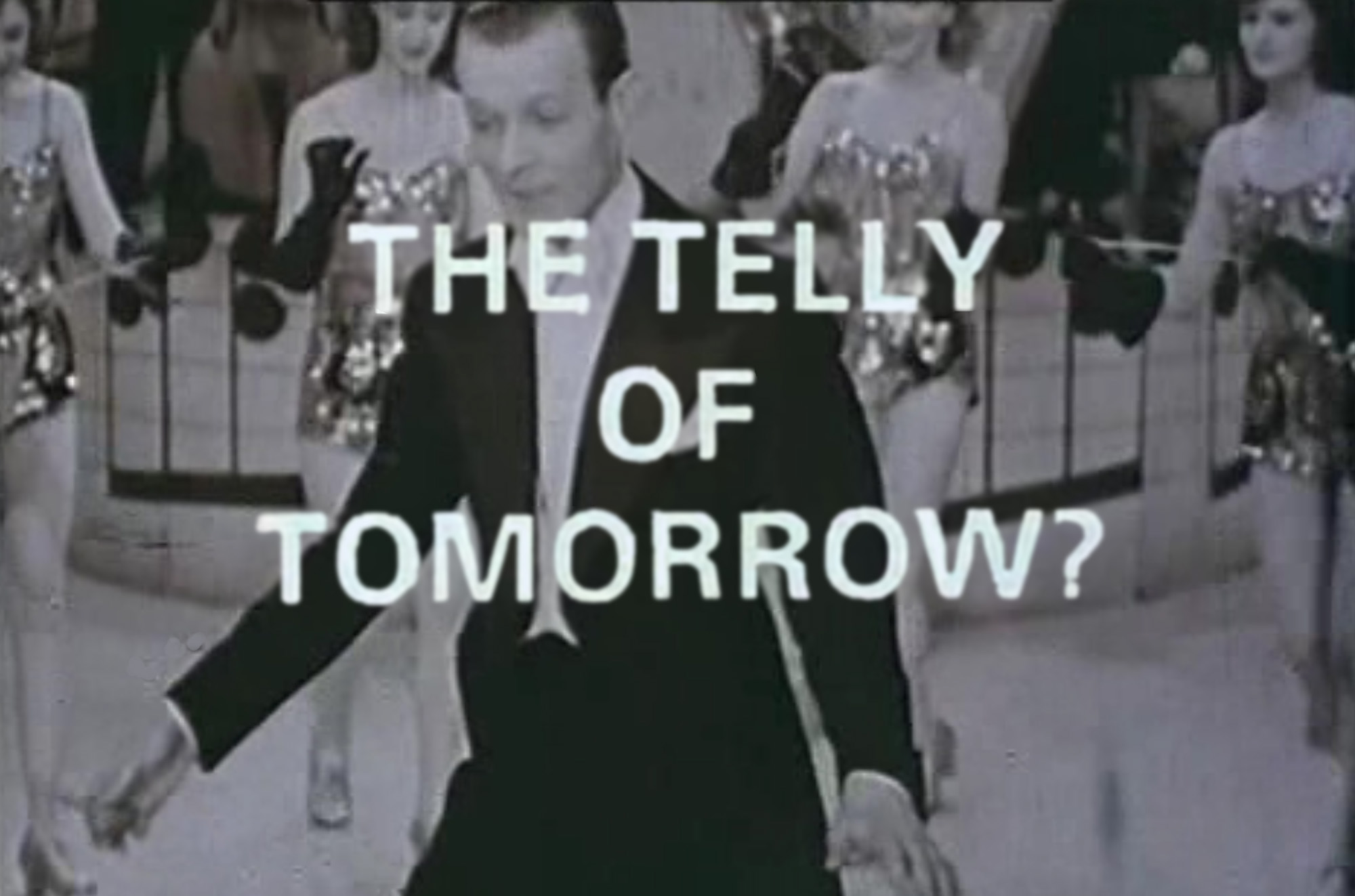
NOBODY LIKES A SMARTASS
“It startled him even more when, just after he was awarded the Galactic Institute’s Prize for Extreme Cleverness, he got lynched by a rampaging mob of respectable physicists, who had finally realized that the one thing they really couldn’t stand was a smartass.” – Douglas Adams, “The Hitch-Hiker’s Guide To The Galaxy”, 1978.
Yes,
nobody can stand a smartass, so I always try to keep my mouth shut in situations
where I could say “I told you so”. I
am also reluctant to say “I thought of that first”, even when I feel it is
true, because very few ideas are the product of a single mind.
More commonly, the moment of “eureka!” that is attributed to one
person is actually preceded by a chain of original thinking that leads
progressively towards the final idea and which involves many people over time.
And more often than not, the person who is credited with coming up with
the idea is not the person who should get the credit, but rather a
self-aggrandizing, greedy opportunist. However,
I would at least like to claim my place in the “chain” of thinking that
preceded some of the developments in technology that we take for granted today.
Since it is very easy to have false memories of our contributions to
science, I restrict myself here to instances where there was a contemporaneous
written record of my thoughts.
Video On Demand
In 1973 I wrote the following in a letter to the Radio Times (19 July 1973), following an edition of the documentary series, “Horizon”, entitled “The Telly of Tomorrow”.
In my letter
I suggested that it would be worth setting a long-term goal of what I called a
“dial-up network” for television content (what we would now call “Video On
Demand”):
[There is] a fundamental difference between a broadcast system (in which everyone receives the same thing at the same time) and a dial-up system (in which the viewer selects the programme he wants, at the time he wants). The film showed the use of a dial-up teaching and information service, but did not explore the possibilities of selecting entertainment in this way. . . Let us hope that in Britain we will head . . . towards a full dial-up network.
Electronic Mail
In
1985 I wrote (in the UK “Telecommunications Users’ Handbook”) the
following about electronic mail:
Electronic mailbox systems are for people to communicate with one another, much as they do on the telephone. Not all vendors understand this. In developing their electronic mail products, some vendors looked at how an office functioned in the late 1970s, with memos going backwards and forwards, and said to themselves “let’s automate this”. They did not question the need for memos in their traditional form. . . People write memos because they want their communication to be one, or several, of the following: clear; on record; sent without waiting for the recipient to return to his office; or sent to several people at once. . . All these could be achieved by the sender typing the message himself on a terminal and the recipient reading it on his terminal, provided that the option exists to print out the message (or retrieve an old message from an electronic file). In other words . . . the concept of the memo itself could be transformed into the action of using a terminal. This is what electronic mailbox systems are all about.
eCommerce, Browsers, and the Need For A Standard Like HTML
In
1985, in the same book, I also wrote the following about the kind of services
that would one day be available via data networks.
This was in the context of a review of the “Prestel” service of
British Telecom, which used a TV as the display device and could display only
40-column text and crude graphics:
Other
examples of what is theoretically possible with interactive services include
making travel reservations, booking theatre tickets, paying bills against a bank
account or credit card account, seeing your up-to-date bank statement or credit
card statement, and sending messages to other users (electronic mail). . .
The use of personal computers for accessing [interactive services] will,
I believe, become more or less the ‘normal’ method of access. . .
Later on, the more demanding customers will want to see coloured charts,
graphs, and maps on their screens. The
simple information services will then add colour and graphics as options.
For this to happen what is badly needed is a new [display standard] that
gives 80 characters-per-line text and colour graphics with really fine detail
– not primitive figures made up of blocks of colour. . . Such a standard might
even include a means of sending the image of a photograph . . . built up out of
‘dots’ of colour like a newspaper photograph. . . At the time of writing it is not clear whether it will come
from an international standards body, a major vendor like IBM, or from personal
computer software producers.
When I wrote this it would be another four years before Tim Berners-Lee defined html and a further four years before the release of the first practical browser (Mosaic). I used the word “dots” because the term “pixels” (which is short for picture elements) was not in use in 1985.